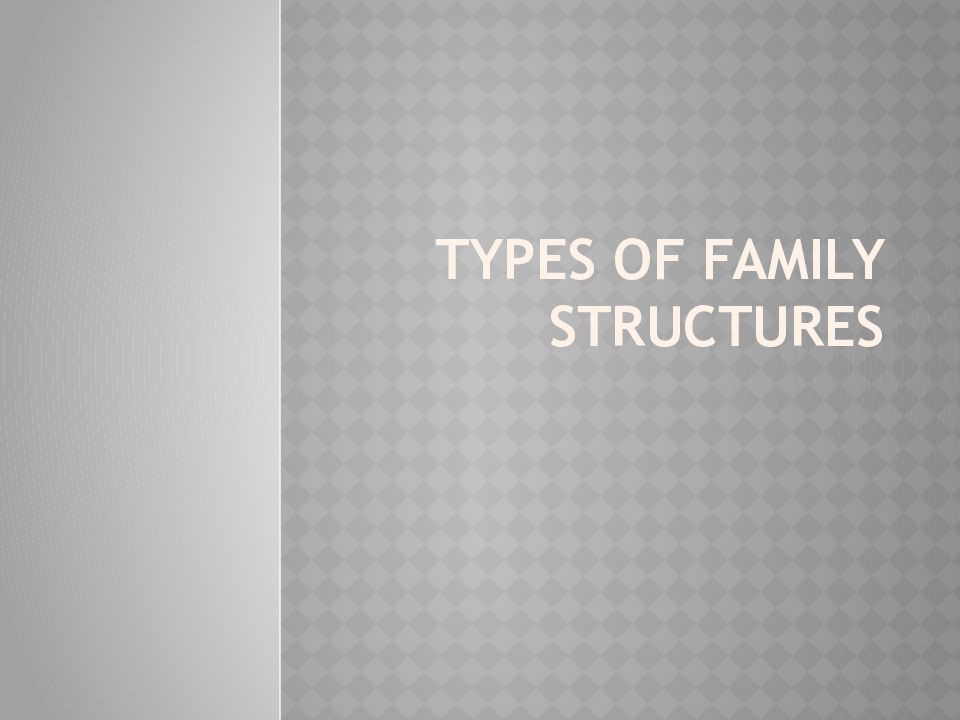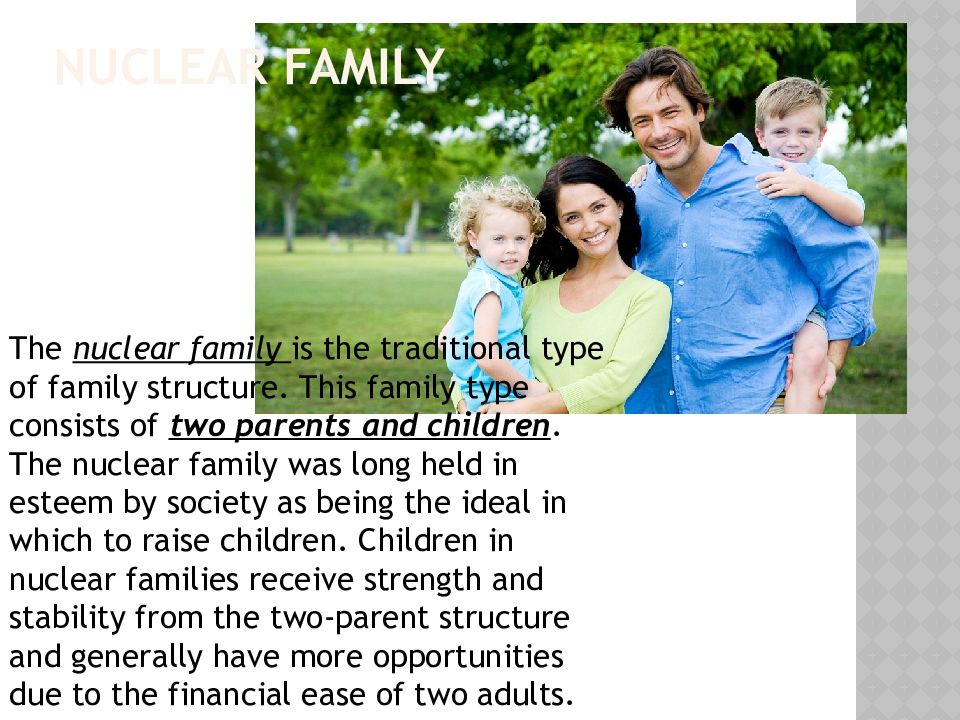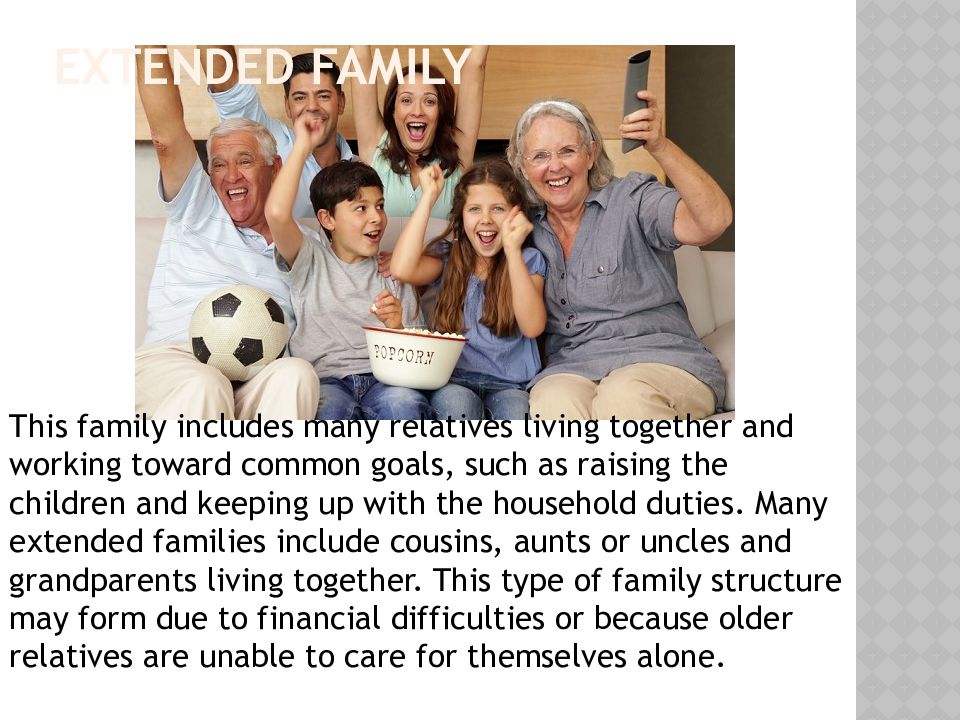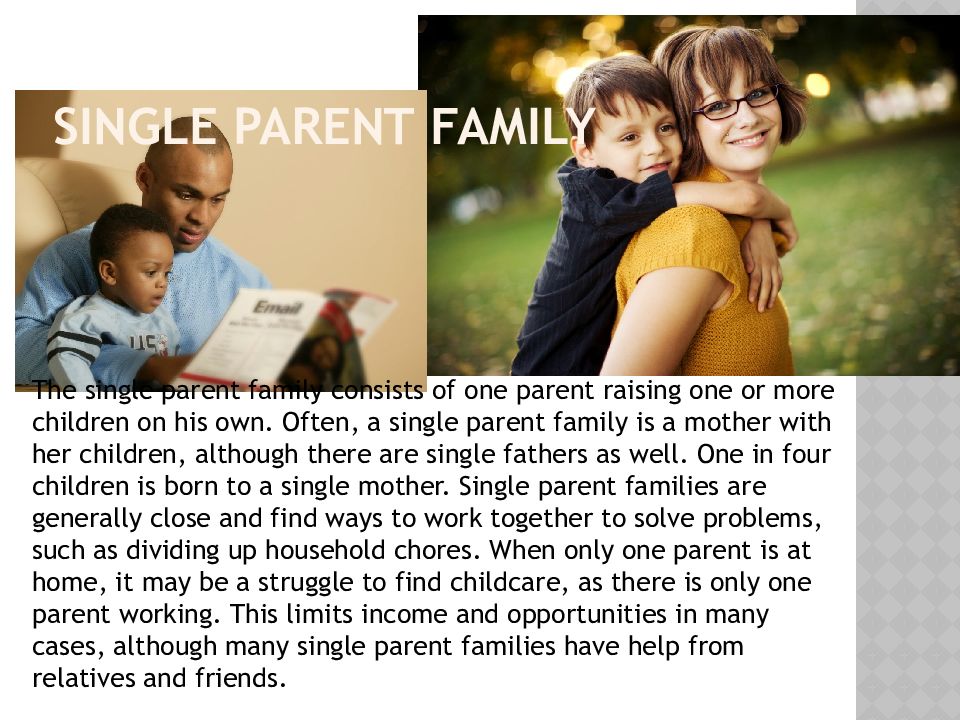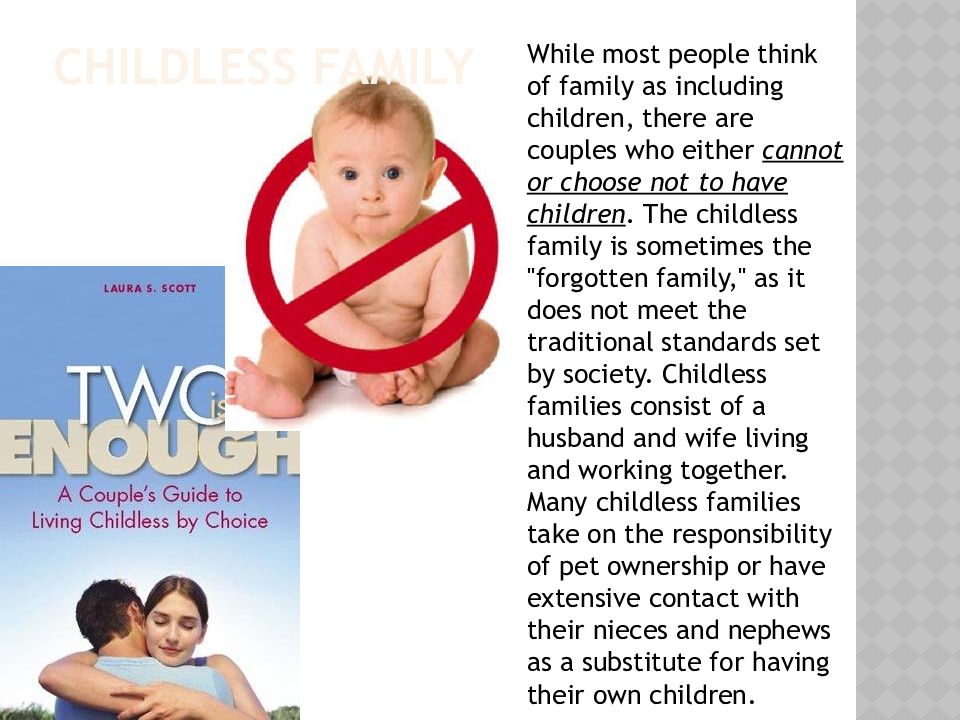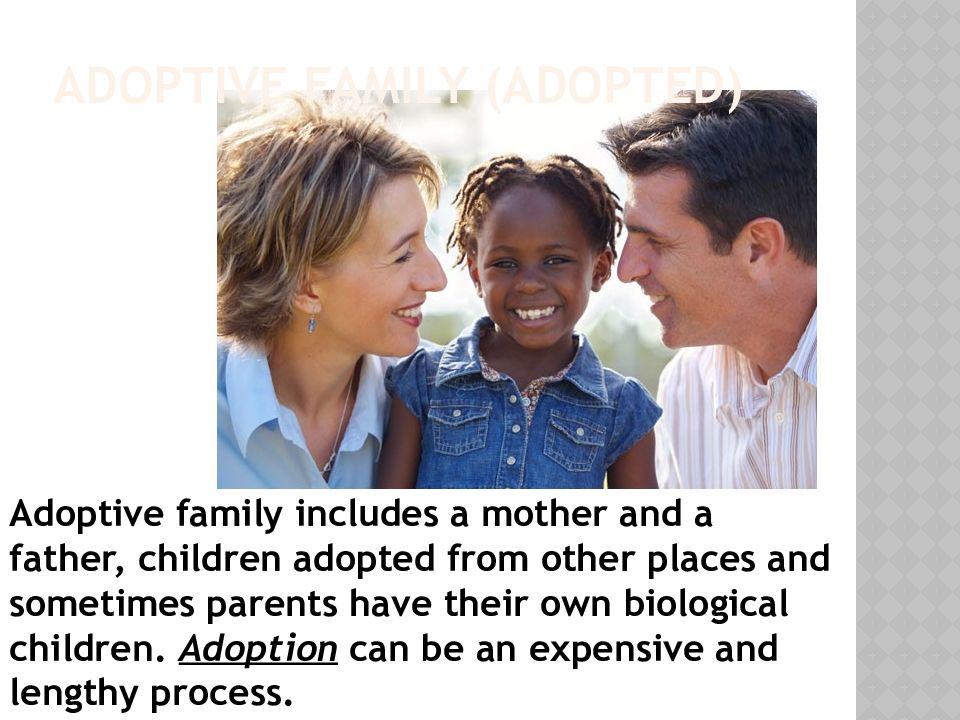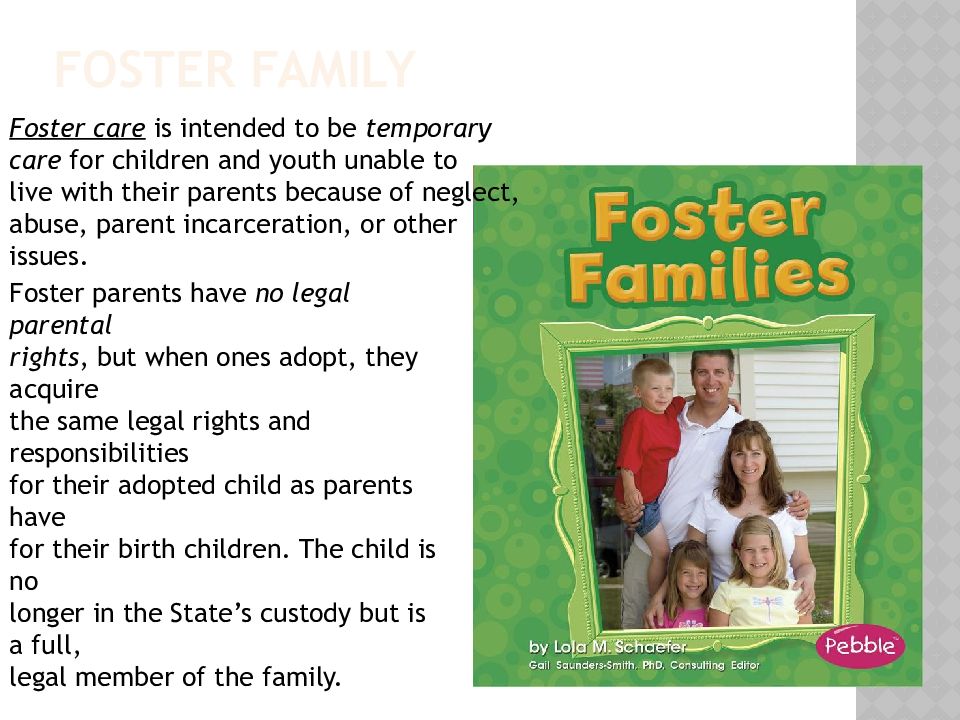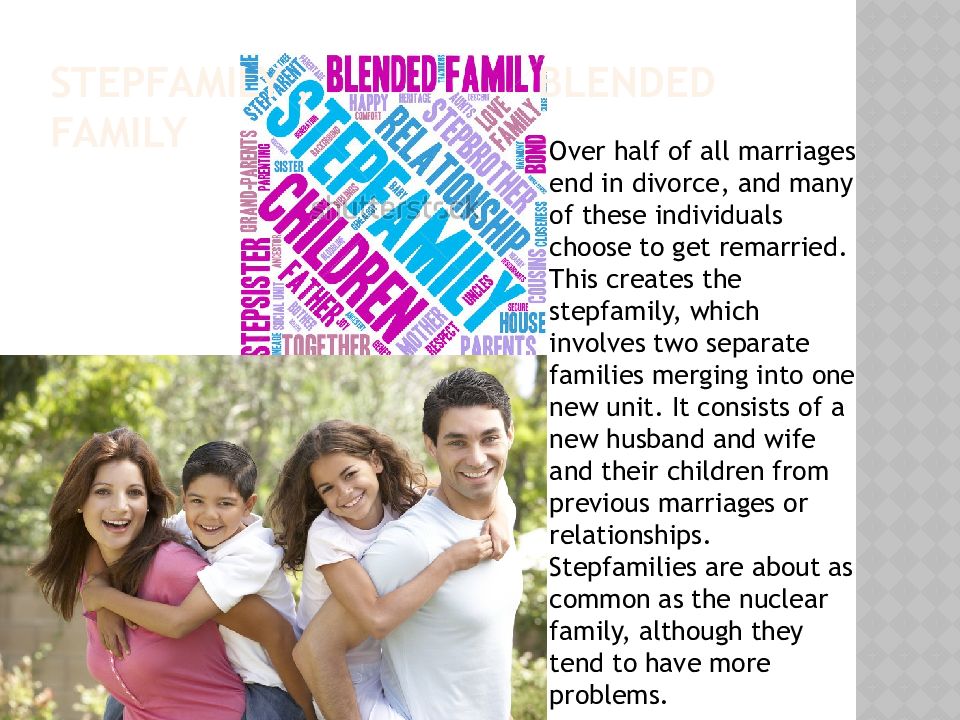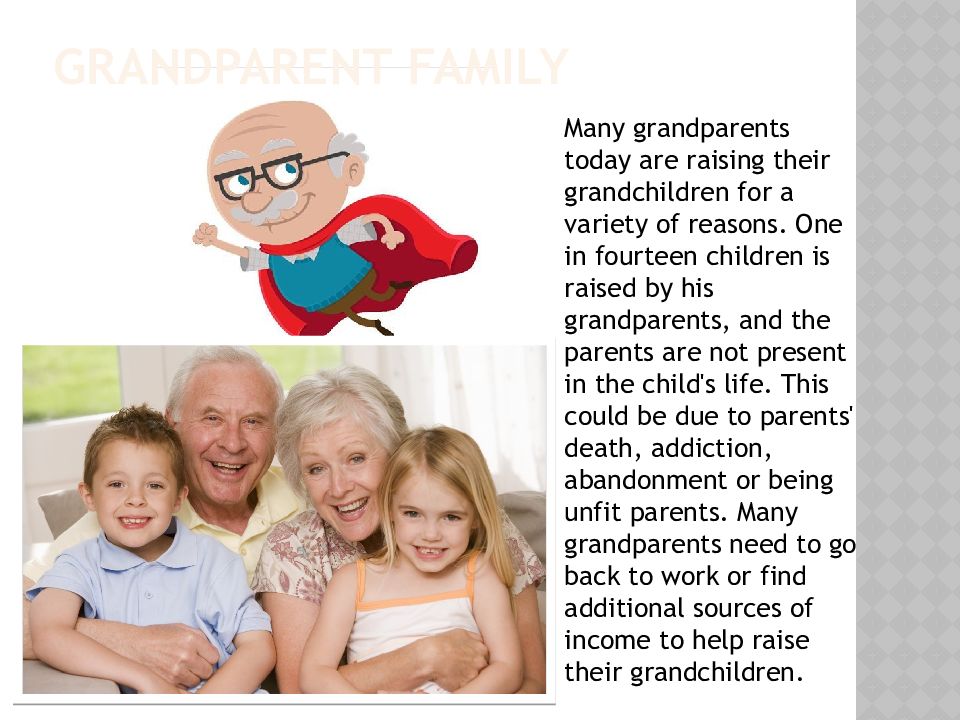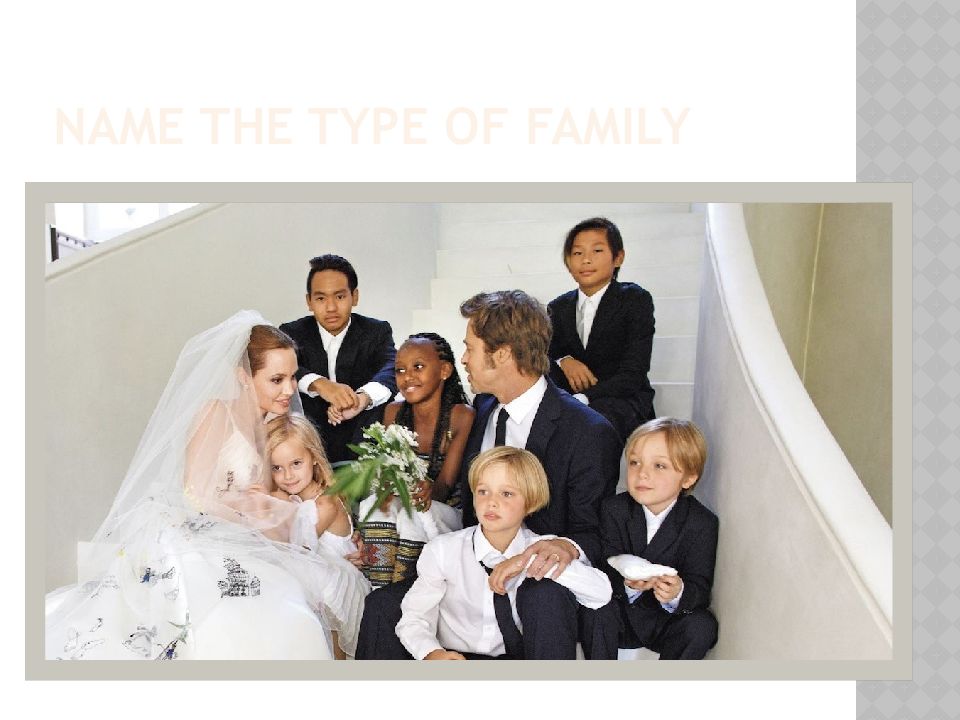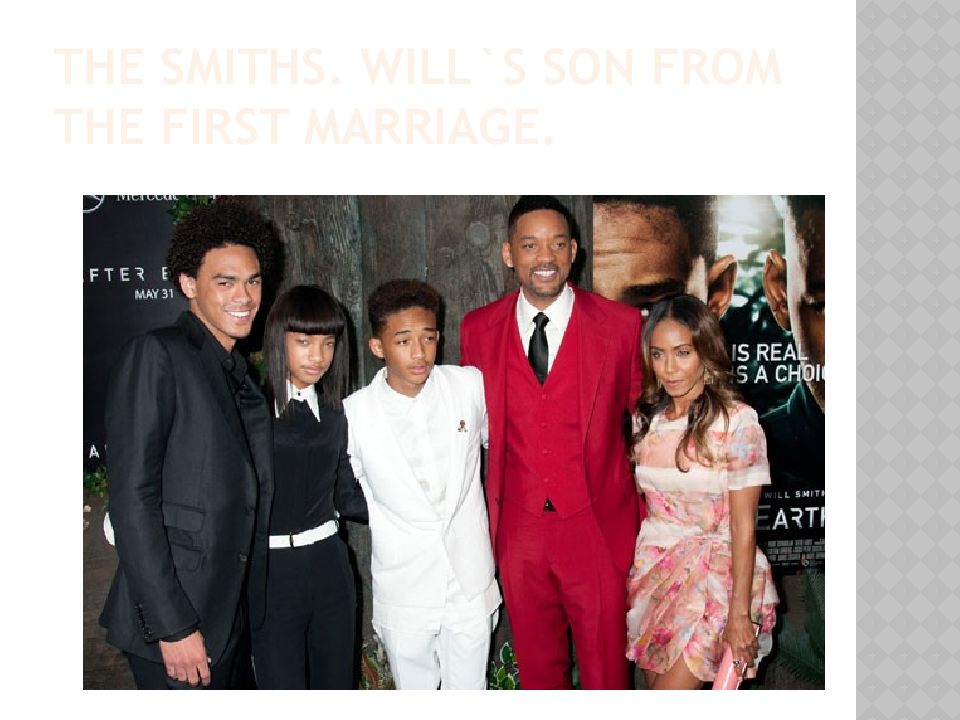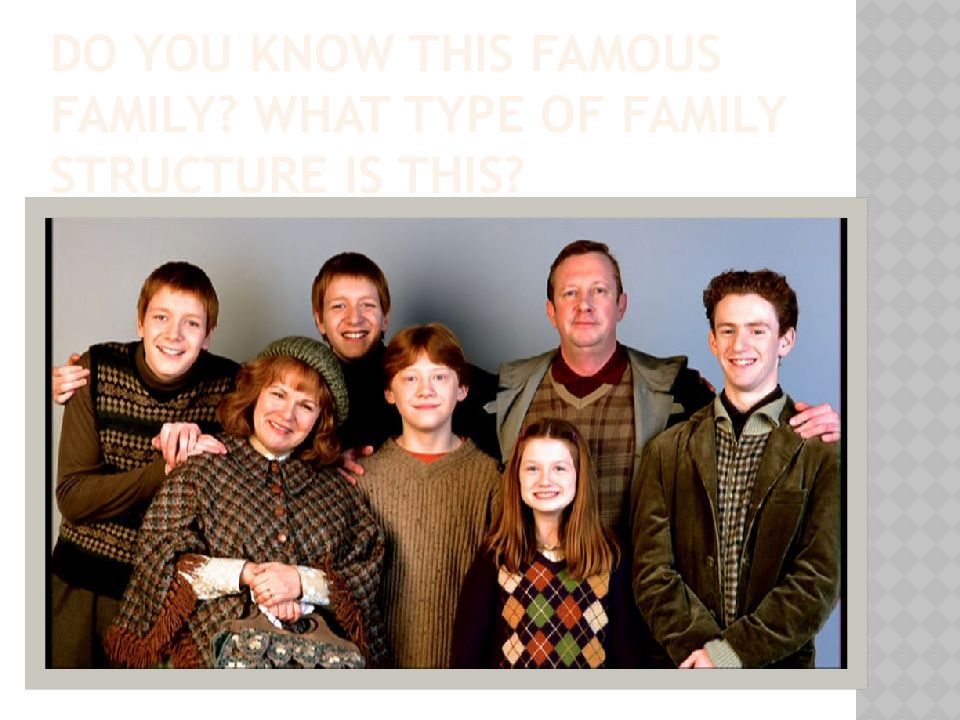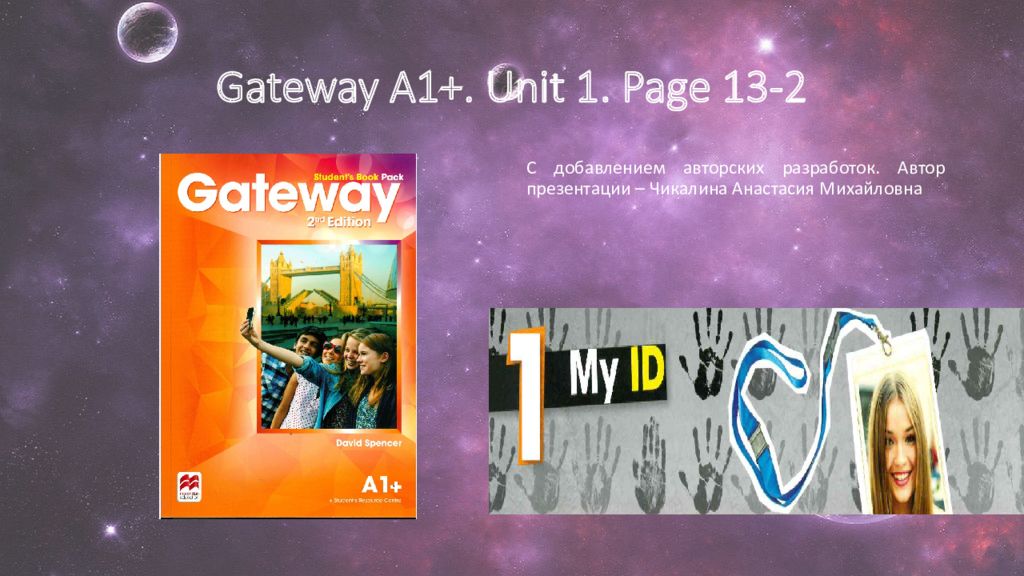Первый слайд презентации: Types of Family Structures
Слайд 2: Nuclear Family
The nuclear family is the traditional type of family structure. This family type consists of two parents and children. The nuclear family was long held in esteem by society as being the ideal in which to raise children. Children in nuclear families receive strength and stability from the two-parent structure and generally have more opportunities due to the financial ease of two adults.
Слайд 3: Extended Family
This family includes many relatives living together and working toward common goals, such as raising the children and keeping up with the household duties. Many extended families include cousins, aunts or uncles and grandparents living together. This type of family structure may form due to financial difficulties or because older relatives are unable to care for themselves alone.
Слайд 4: Single Parent Family
The single parent family consists of one parent raising one or more children on his own. Often, a single parent family is a mother with her children, although there are single fathers as well. One in four children is born to a single mother. Single parent families are generally close and find ways to work together to solve problems, such as dividing up household chores. When only one parent is at home, it may be a struggle to find childcare, as there is only one parent working. This limits income and opportunities in many cases, although many single parent families have help from relatives and friends.
Слайд 5: Childless Family
While most people think of family as including children, there are couples who either cannot or choose not to have children. The childless family is sometimes the "forgotten family," as it does not meet the traditional standards set by society. Childless families consist of a husband and wife living and working together. Many childless families take on the responsibility of pet ownership or have extensive contact with their nieces and nephews as a substitute for having their own children.
Слайд 6: Adoptive family (adopted)
Adoptive family includes a mother and a father, children adopted from other places and sometimes parents have their own biological children. Adoption can be an expensive and lengthy process.
Слайд 7: Foster family
Foster care is intended to be temporary care for children and youth unable to live with their parents because of neglect, abuse, parent incarceration, or other issues. Foster parents have no legal parental rights, but when ones adopt, they acquire the same legal rights and responsibilities for their adopted child as parents have for their birth children. The child is no longer in the State’s custody but is a full, legal member of the family.
Слайд 8: Stepfamily, Blended family
Over half of all marriages end in divorce, and many of these individuals choose to get remarried. This creates the stepfamily, which involves two separate families merging into one new unit. It consists of a new husband and wife and their children from previous marriages or relationships. Stepfamilies are about as common as the nuclear family, although they tend to have more problems.
Слайд 9: Grandparent Family
Many grandparents today are raising their grandchildren for a variety of reasons. One in fourteen children is raised by his grandparents, and the parents are not present in the child's life. This could be due to parents' death, addiction, abandonment or being unfit parents. Many grandparents need to go back to work or find additional sources of income to help raise their grandchildren.
